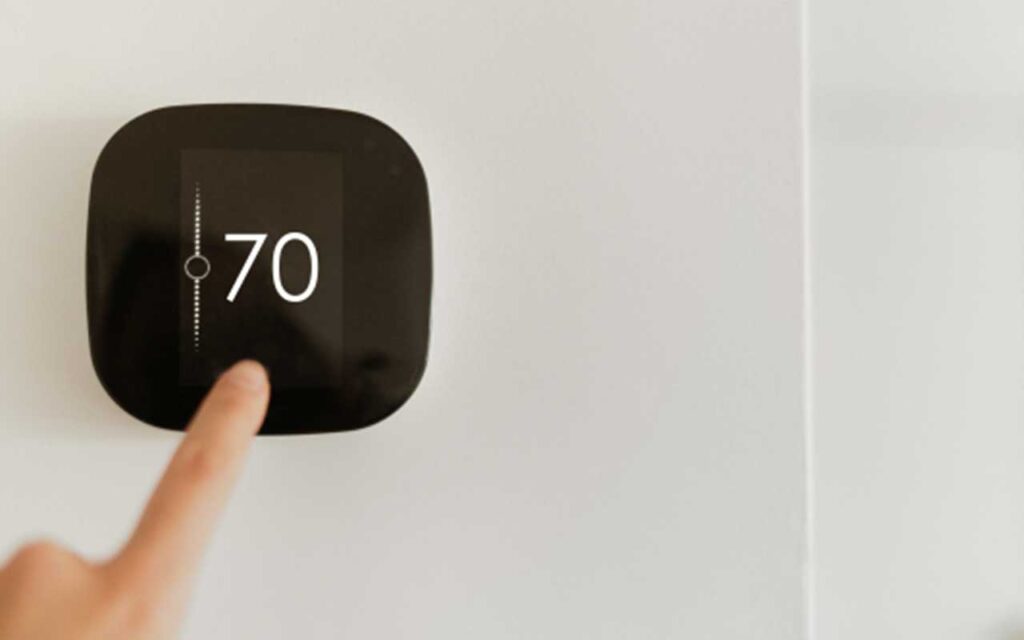The Electric Home of Tomorrow: How Smart Tech Is Driving Sustainability

As we move further into an era defined by environmental awareness and technological advancement, the concept of the “electric home” has transformed from a futuristic ideal into a practical and increasingly popular lifestyle choice.
With a growing range of smart technologies available to homeowners, sustainability has never been more accessible—or more essential.
Whether you’re building a new eco-home or retrofitting an older property, smart tech is playing a crucial role in reducing energy consumption, cutting emissions, and supporting cleaner living. Here’s how the homes of tomorrow are being powered today.
Smarter Energy Management at Home
At the heart of the electric home lies intelligent energy management. Modern systems use data and automation to monitor and optimize your home’s energy consumption in real-time.
Smart thermostats, such as Nest or Hive, are now standard in many UK homes. These devices learn your routines and adjust heating or cooling automatically, ensuring comfort without waste. When paired with zoned heating systems and underfloor heating, they make home energy use far more efficient.
Meanwhile, smart plugs, lightbulbs, and appliances can be controlled via smartphone apps or voice assistants, giving homeowners precise control over what’s on—and for how long. Many of these devices now feature usage tracking, so you can see where energy is being used and identify opportunities for savings.
Even solar energy systems have gone smart. Advanced inverters and monitoring tools allow homeowners to see exactly how much power they’re generating and consuming, and even store excess energy in home batteries for later use.
Charging Into the Future: EV Integration
Electric vehicles (EVs) are a cornerstone of sustainable living—and they’re quickly becoming an integrated part of the electric home ecosystem.
The latest generation of smart EV chargers can do more than just top up your battery. They communicate with your energy provider, schedule charging during off-peak hours, and can even send excess power back to the grid. Some chargers now offer bi-directional functionality, allowing EVs to act as mobile batteries for your home.
In the UK, government initiatives are accelerating the rollout of smart chargers, especially in new-build homes. With vehicle-to-grid (V2G) and home energy management systems working in harmony, your car isn’t just a mode of transport—it’s part of your home’s power strategy.
These innovations not only support the environment but can also lead to significant cost savings over time. Add in solar panels and battery storage, and your electric home becomes a mini power station.
Greener Living Through Connected Devices
The electric home isn’t just about gadgets—it’s about connected, conscious living. Smart home ecosystems, like Apple HomeKit, Google Home, and Amazon Alexa, allow all your devices to work together seamlessly. The result? Less waste, more convenience, and a dramatically reduced carbon footprint.
For example, smart irrigation systems adjust watering schedules based on weather forecasts, reducing water use in the garden. Smart refrigerators can suggest recipes based on what you already have, cutting down on food waste. Even laundry machines now offer eco-cycles that detect load size and use minimal water and energy.
For homeowners looking to go a step further, there’s a growing market for sustainable smart building materials. These include insulated wall panels with embedded climate sensors, triple-glazed smart windows that adapt to sunlight levels, and roof tiles that double as solar panels.
It’s also important to stay informed and selective when browsing smart tech online. With so many digital platforms offering reviews and recommendations, it’s wise to stick to trusted sources. For instance, platforms like Betpanda UK casino might appear in broader search results, but always verify that any site or app you engage with aligns with your sustainability goals and values.
Conclusion
The electric home of tomorrow is already here—and it’s smarter, cleaner, and more connected than ever. With technologies that enhance efficiency and reduce environmental impact, UK homeowners have an unprecedented opportunity to lead the way in sustainable living.
By embracing smart tech, integrating renewable energy, and rethinking how we consume resources, we can create homes that are not only more comfortable and cost-effective but also better for the planet. The shift is no longer optional—it’s essential.
The future is electric, and it begins at home.





